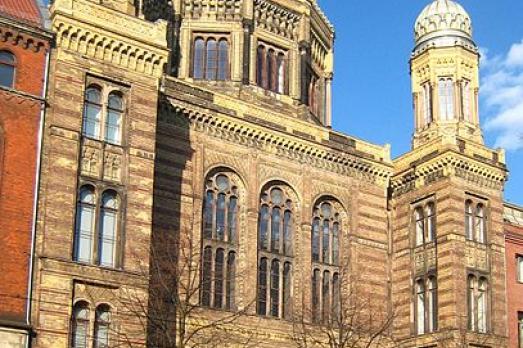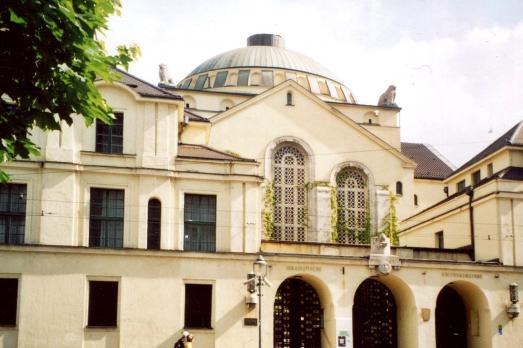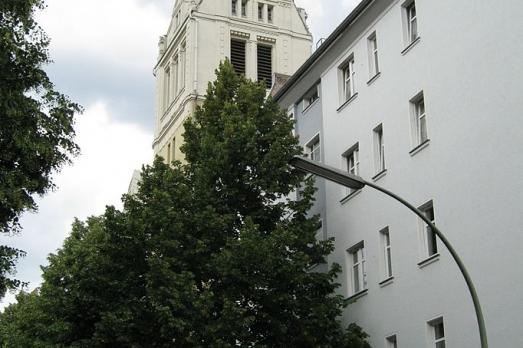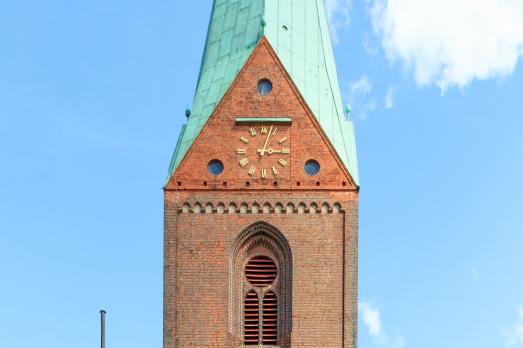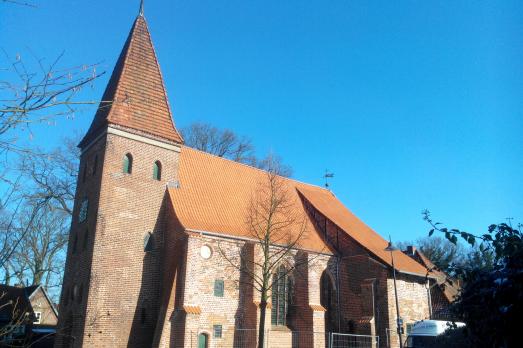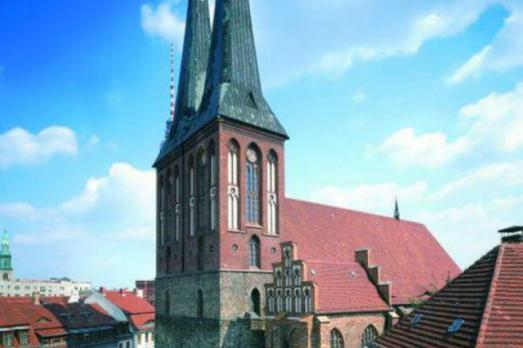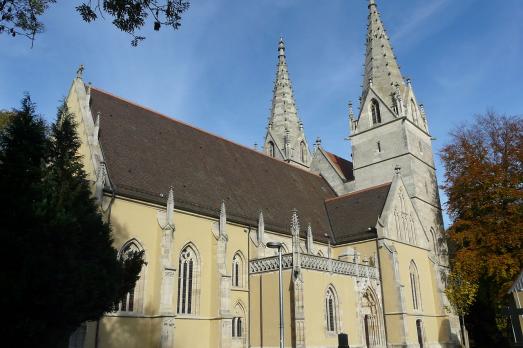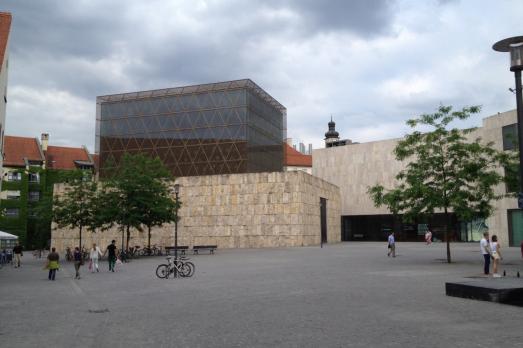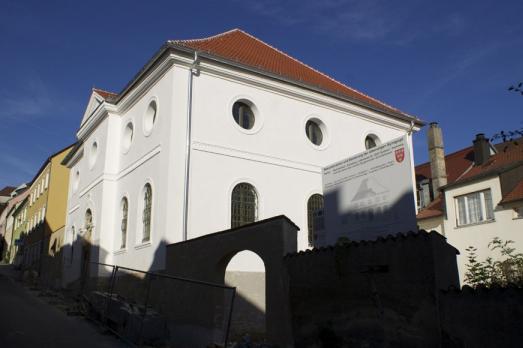
New Synagogue in Sulzbach-Rosenberg
Sulzbach-Rosenberg, DE
The New Synagogue in Sulzbach-Rosenberg is an Ashkenazi synagogue completed in 1737. The synagogue was rebuilt in 1822-24 (after a fire), after 1950 and between 2008 and 2013. In use until 1930, this stone synagogue now serves as a museum.
